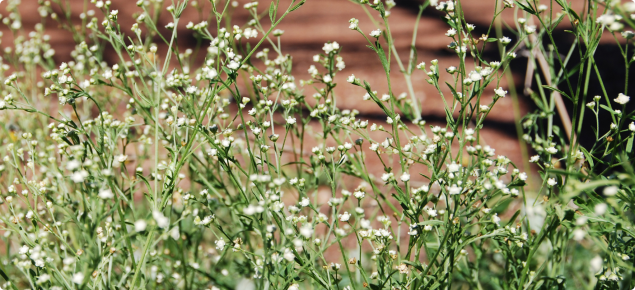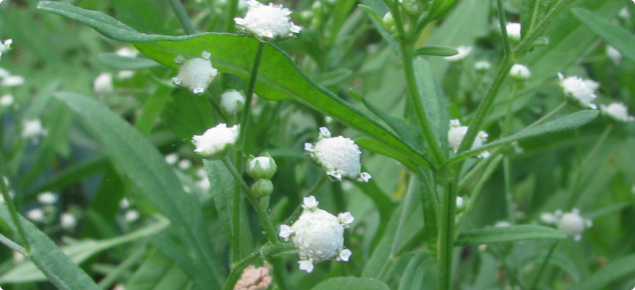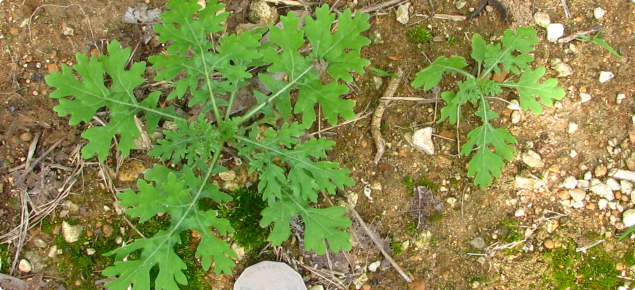| REPORT THE PRESENCE OF THIS PEST BEFORE UNDERTAKING CONTROL |
Information about this pest can be found on the parthenium weed: declared pest page.
Chemical requirements
When using any agricultural chemicals please ensure that you always follow instructions on the label and any permit. Users of agricultural chemical products must always strictly comply with the directions on the label and the conditions of any permit. To view permits or product labels go to the Australian Pesticides and Veterinary Medicines Authority website.
Chemical control options
Chemical control options can be found below. For other methods of control please refer to the declared plant control handbook.
Recommended herbicides | Young, actively growing
Seedlings and mature plants
|
| Herbicide: Paraquat + diquat (Group L) various trade names: see APVMA link | |
| Active ingredient | 135g/L paraquat and 115g/L diquat |
| Amount of product/10L water |
|
| Rate of product/ha |
|
| Wetting agent dilution | 1:400 |
| Time of application | Young, and actively growing |
| Remarks |
|
| Herbicide: 2,4-D amine (Group I) (various trade names: see APVMA link) | |
| Active ingredient | 500g/L 2,4-D amine |
| Rates of dilution for spot spraying | 1:250 |
| Amount of product/10L water | 40mL |
| Wetting agent dilution | 1:400 |
| Time of application | Young, and actively growing |
| Remarks |
|
| Herbicide: Picloram + 2,4-D amine (Group I) (various trade names: see APVMA link) | |
| Active ingredient | 75g/L picloram + 300g/L 2,4-D amine |
| Rates of dilution for spot spraying | 1:1000 |
| Amount of product/10L water | 30mL |
| Rate of product/ha | 3L/ha |
| Wetting agent dilution | 1:400 |
| Time of application | Young, and actively growing |
| Remarks | Agricultural use will remove clovers and some broad leaf pasture such as capeweed for at least 12 months |
| More information and other control methods | For non-agricultural use at 30mL per 10L of water, i.e. 3L/ha |
| Herbicide: Glyphosate + metsulfuron (various trade names: see APVMA link) | |
| Active ingredient | 360g/L glyphosate (Group M) + 600g/kg metsulfuron methyl (Group B) |
| Amount of product/10L water | 10mL glyphosate + 0.1g metsulfuron |
| Rate of product/ha | 0.8–1.2L glyphosate + 5–7g metsulfuron |
| Wetting agent dilution | 1:400 |
| Time of application | Young, and actively growing |
| Remarks | Agricultural applications |
| More information and other control methods | Metsulfuron can be used at same rates without the addition of glyphosate Other concentrations of glyphosate can be substituted for the 360g/L by adjusting the rates:
|
| Herbicide: Dicamba (Group I) (various trade names: see APVMA link) | |
| Active ingredient | 500g/L concentrations |
| Amount of product/10L water | 10mL |
| Rate of product/ha | 0.56L–1.1L |
| Wetting agent dilution | 1:400 |
| Remarks | Low rates for seedlings, higher rates for mature plants |



